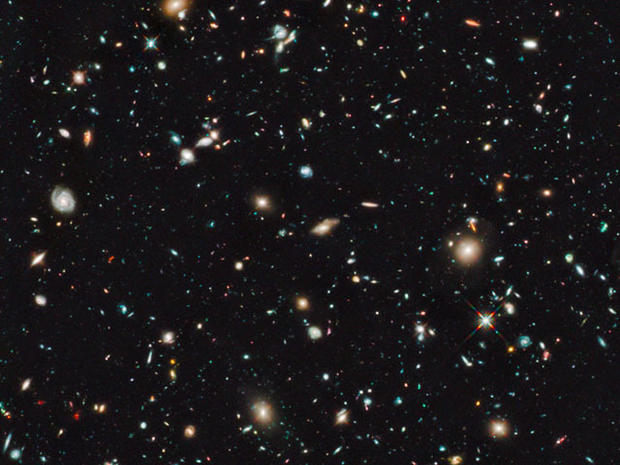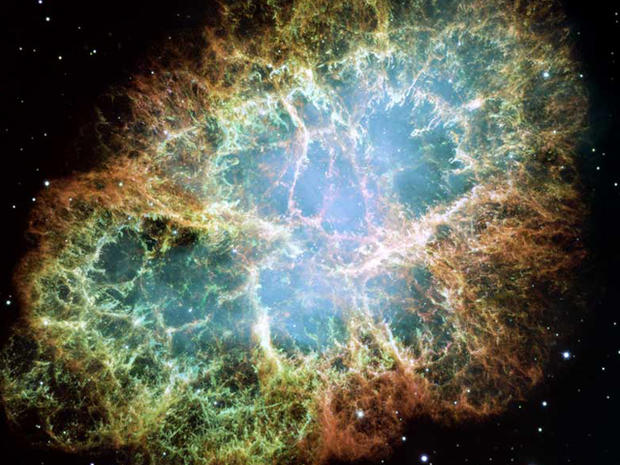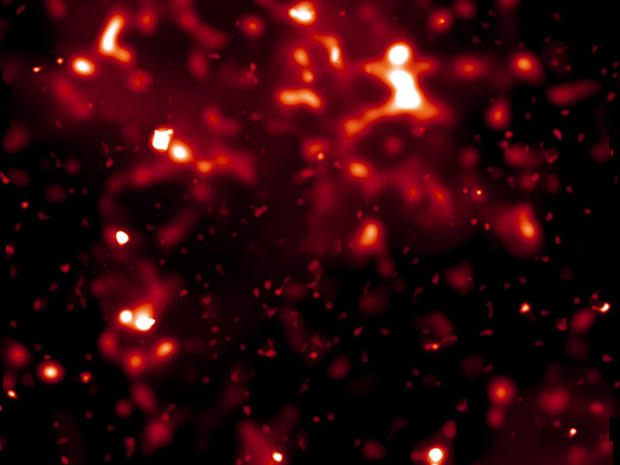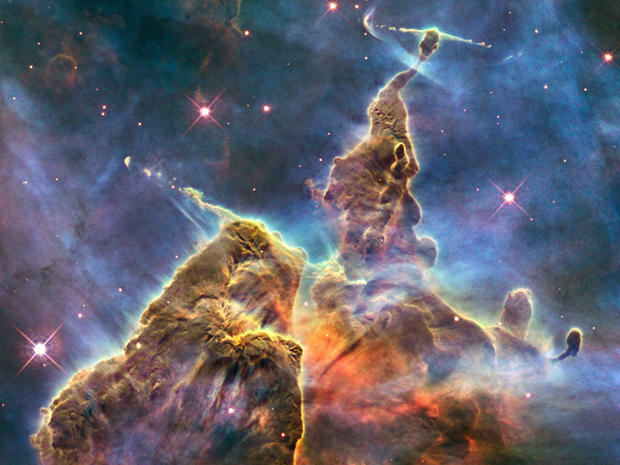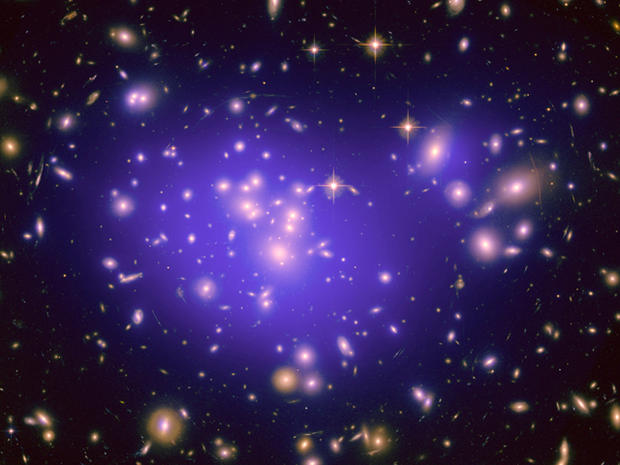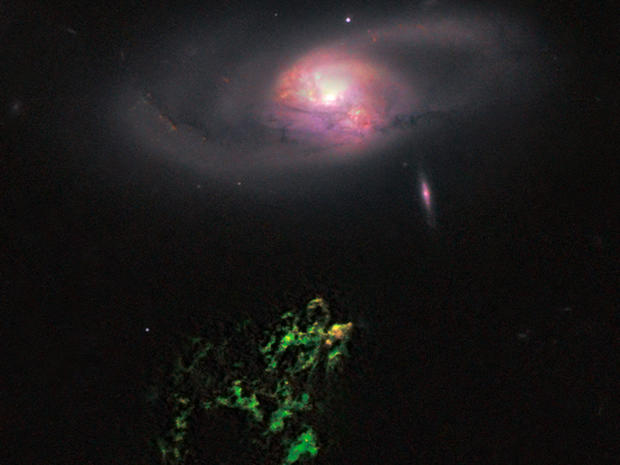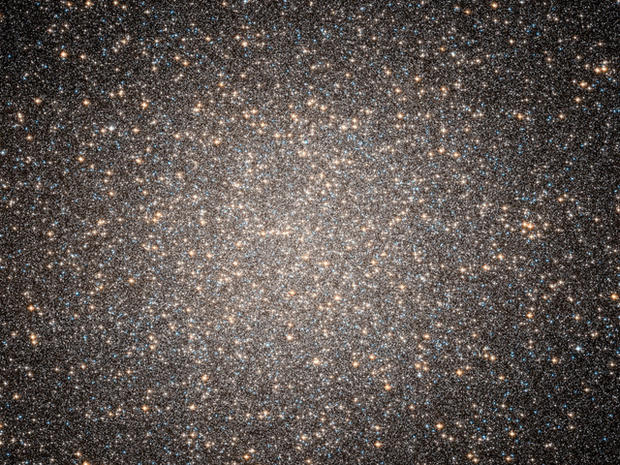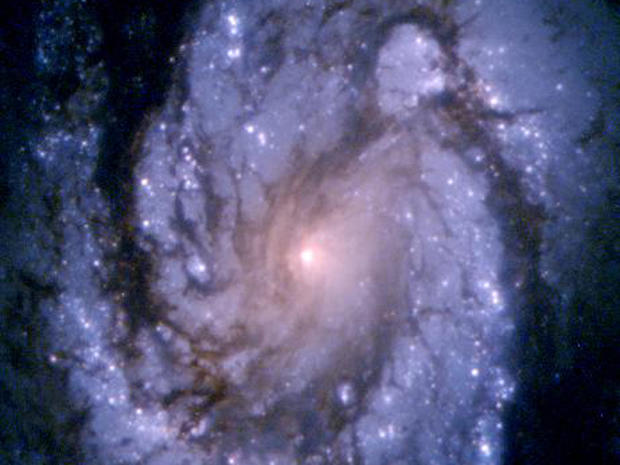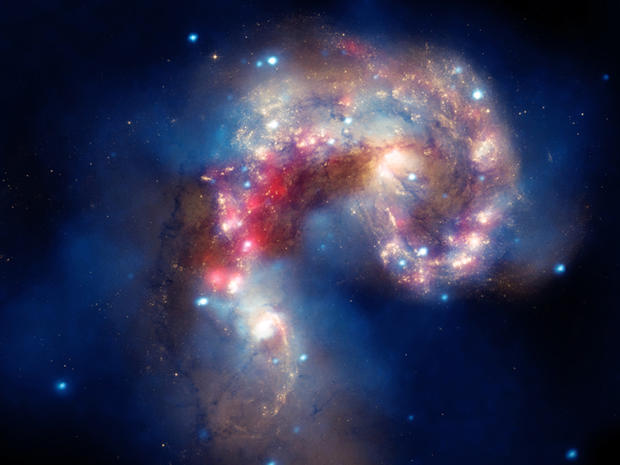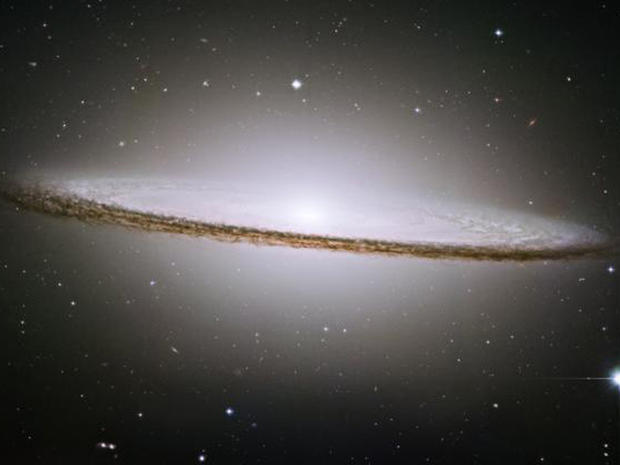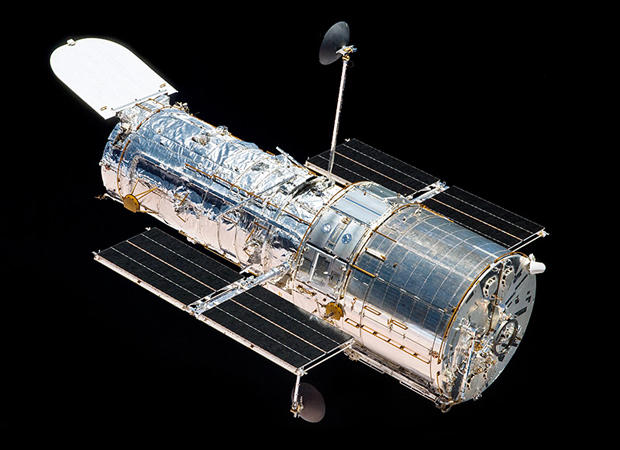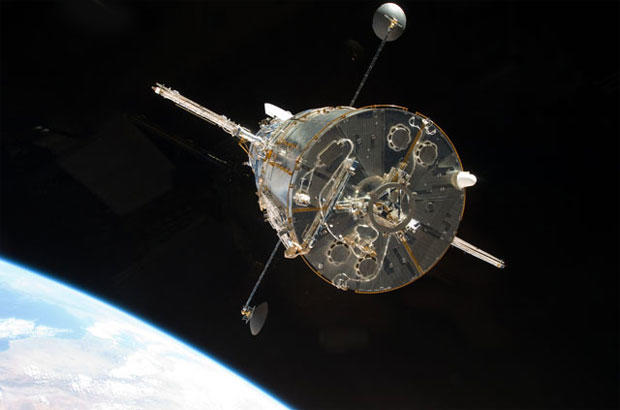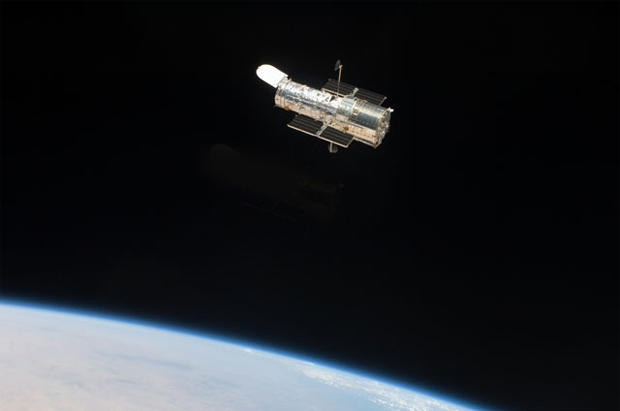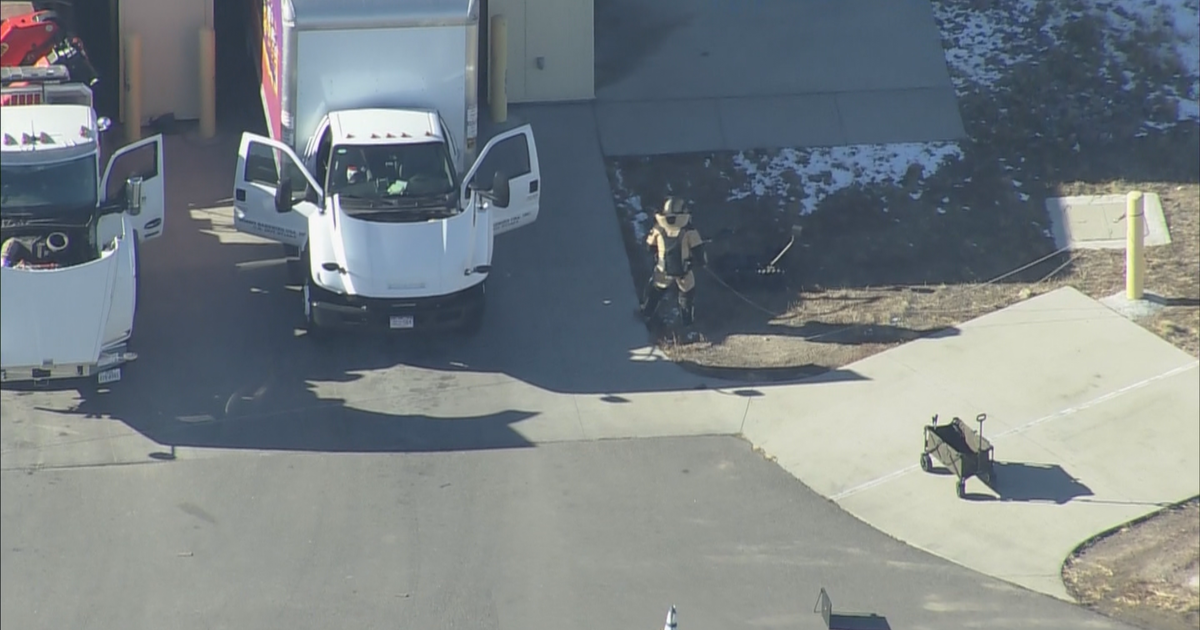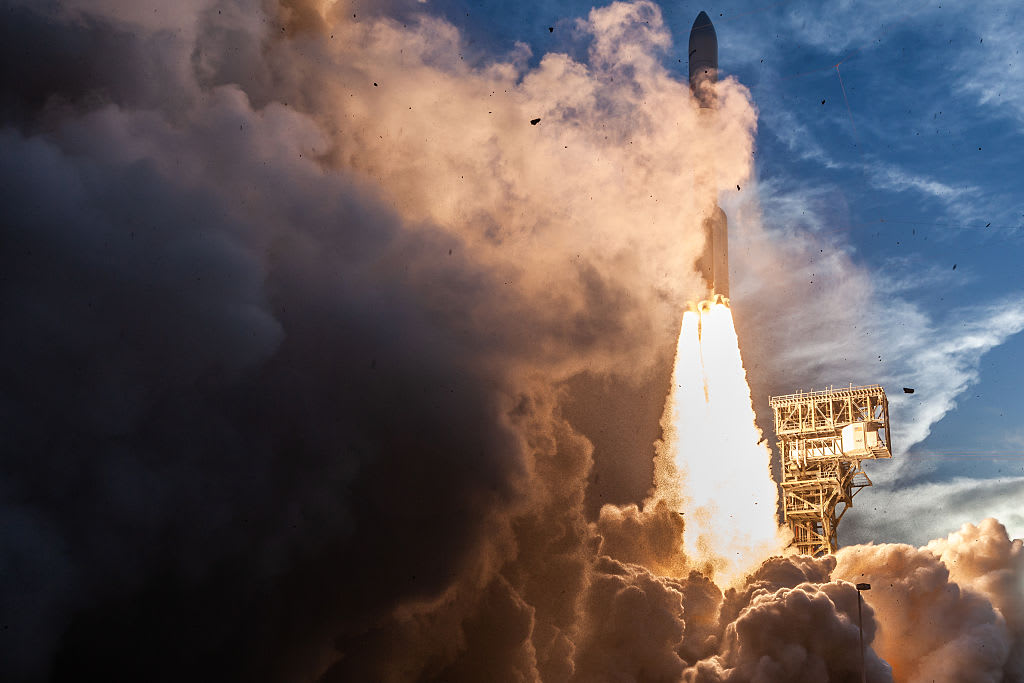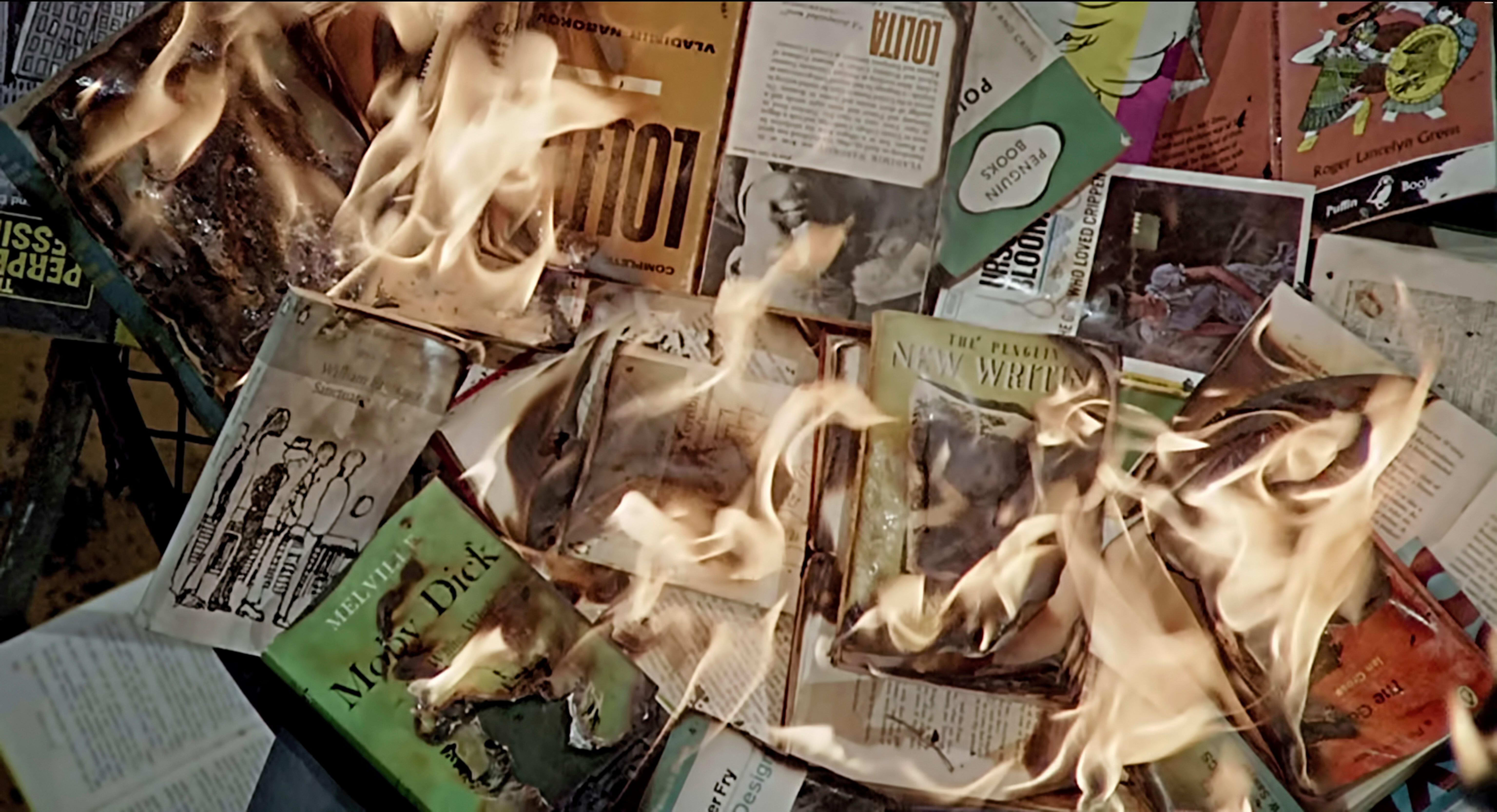Hubble highlights in galactic color
The Hubble Space Telescope photographed the Horsehead Nebula in the Orion constellation using the infrared channel of the telescope's Wide Field Camera 3, installed during a 2009 shuttle servicing mission.
Read more: Hubble Space Telescope still going strong after 30 years
Ring Nebula
A dramatic photo of the famous Ring Nebula in the constellation Lyra, assembled from new observations by the Hubble Space Telescope and ground-based instruments, shows a more complex structure than previously known. The distinctive "ring" is made up of gas blown away from a massive star some 4,000 years ago.
Most distant galaxy
Using the Hubble Space Telescope, NASA astronomers have found what they believe to be the most distant and oldest galaxy ever detected by researchers. Their finding, reported in the Journal Nature on Jan. 26, 2011, reports tracking a smudge of light from almost 13.2 billion years ago.
This is just the latest finding sent back from the Hubble, which was sent into space in 1990. At NASA, where space hype is (understandably) hardly in short supply, they have described Hubble as the biggest advance in astronomy since the days of Galileo's telescope. Hyperbole, in this case, may be quite justified. In this gallery, we've assembled some of the more mind-blowing images taken by the Hubble during its gallactic peregrinations. Enjoy
Crab Nebula
The Crab Nebula is a six-light-year-wide expanding remnant of a star's supernova explosion.
Blue aurora on Jupiter
An electric-blue aurora glowing a half billion miles away on Jupiter.
Dark matter
This 2007 image was the first three-dimensional map of the large-scale distribution of dark matter in the universe. Dark matter is an invisible form of matter. When NASA announced the discovery, it described it this way: "...only the luminous galaxies can be seen directly. These new map images are equivalent to seeing a city, its suburbs and country roads in daylight for the first time. Major arteries and intersections become evident, and a variety of neighborhoods are visible."
Pretty cool.
Storms on Jupiter
A Hubble/IRTF composite image of storms on the planet Jupiter.
Mystic Mountain
A view of "Mystic Mountain," which is a pillar of gas and dust, three light-years tall, being eaten away by the light from nearby bright stars. Buffeted by radiation and fast winds from newborn stars in the nebula, the pillar gets shaped and compressed - in the process leading to the creation of new star formations.
Galaxy cluster
Dark matter map in galaxy cluster Abell.
Space oddity
Hubble takes an image of a space oddity, a green blob of gas near a normal-looking spiral galaxy. The object was dubbed "Hanny's Voorwerp."
Omega Centauri
The core of Omega Centauri reflecting the combined light of about two million stars.
Galaxy M100
One of the brightest members of the Virgo Cluster of galaxies, the galaxy M100 is spiral shaped, like our Milky Way.
Colliding galaxies
An image of two colliding galaxies located about 62 million light-years from Earth.
Saturn's rings
Saturn when its rings were edge-on, resulting in aurorae at both of the planet's poles. This was a rare photo as it takes Saturn almost 30 years to orbit the sun, and the opportunity to photograph both of its poles takes place just twice during that period.
Sombrero galaxy
The Sombrero galaxy, Messier 104, or M104, got its name due to its resemblance to a Mexican hat. The galaxy is 50,000 light-years across and is located 28 million light-years from Earth.
Hubble Telescope
The Hubble Space Telescope, shortly after release from the shuttle Atlantis after a 2009 servicing mission.
Pointing towards deep space
Pointing toward deep space, the Hubble Space Telescope's instruments and subsystems are operating in fine fashion, engineers say, raising hopes the observatory will remain scientifically viable through the end of the decade.
As seen from Atlantis
The Hubble Space Telescope recedes in the distance as the shuttle Atlantis pulls away following a final service call in 2009.


